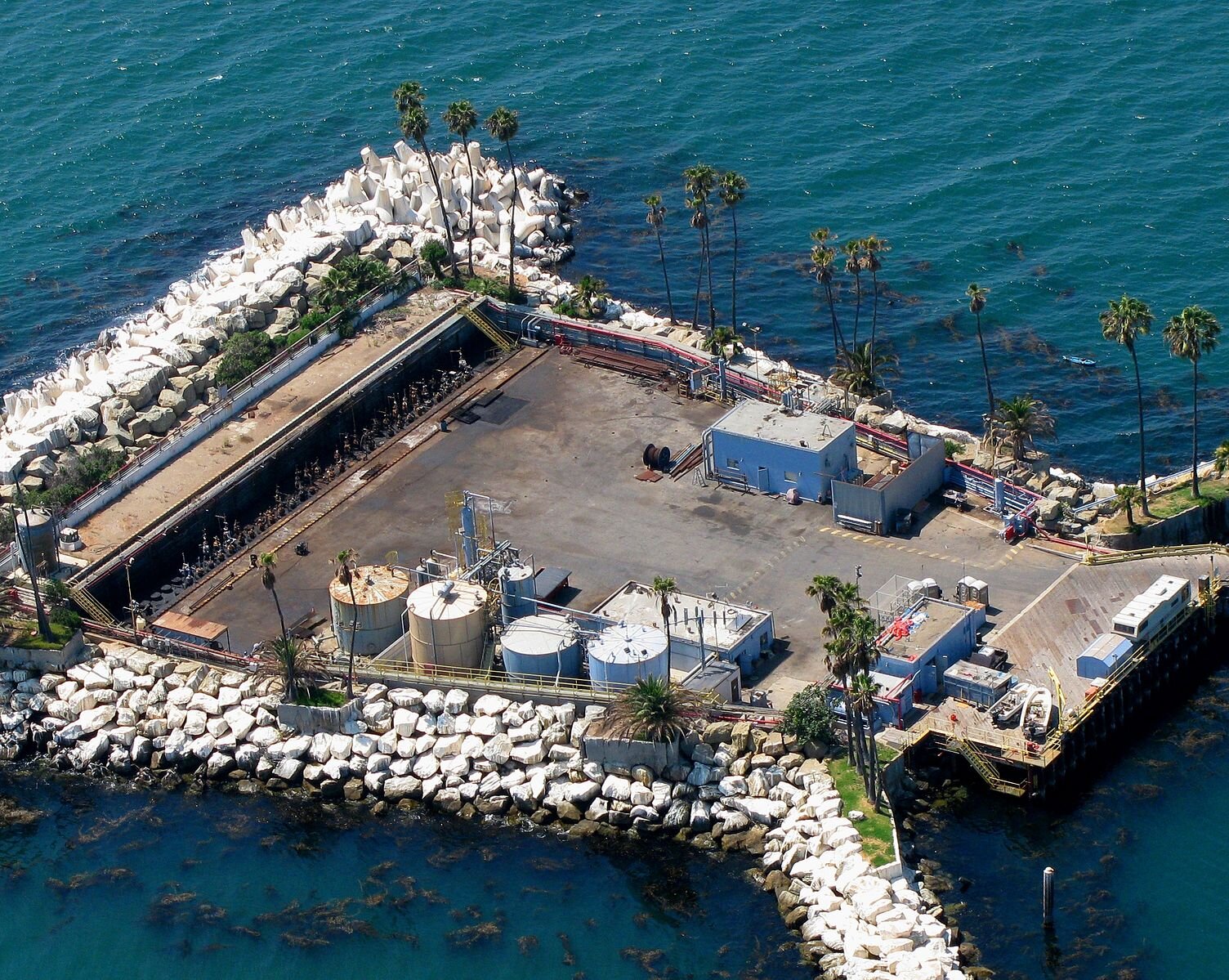
A Public Syllabus
Introduction
The Energy Justice on California’s Central Coast Public Syllabus seeks to enable participants’ understanding of the cultural values and ethical and ecological consequences built into the energy systems that fuel the Central Coast of California.
The introduction situates participants in ongoing conversations and activism surrounding energy. It is divided into two parts. Part 1: “Defining Energy” defines energy for participants. Part 2: “Landscapes and Power” focuses on historical and ongoing colonialism in the region and the way it contours landscapes.
Event 1: Water
In this section, you will find sources related to fresh water in California. The suggested readings begin with an overview of water use in the state before exploring how dams have impacted local communities and ecosystems in two instances: the St. Francis Dam and the Klamath River dams. While California saltwater and oceans have shaped much of the geography in the coastal regions of the state, our emphasis on fresh water stems from its sustained use as a source of energy.
Event 2: The Thomas Fire & Electricity
On the evening of December 4, 2017, two separate fires started in Ventura County, California. Later merging, they would become known as the Thomas Fire. More than a year later in March of 2019, the LA Times reported that investigators had determined that Southern California Edison power equipment had sparked both of the Thomas Fire’s ignition sites. The Thomas Fire led to massive mudslides and at least 21 deaths. The second event in this syllabus is designed to introduce participants to the realities of California’s increasing fires induced by electrical equipment as a way of thinking through the costs and consequences of electrification.
Event 3:
Oil Decommissioning
Event three asks participants to consider the history of oil in Santa Barbara and California as moments that echo themselves over and over through time. Who is listening? After decades of discussions over what to do with wells, especially those that are inactive, there are calls to decommission and dismantle them. This work comes with its own challenges. Besides fighting for the past to not repeat itself (again), the oil industry is still calling for new projects in the county and the state while abandoning others that run dry.
Conclusion
Having now examined the historical context of water, electricity, and oil infrastructure in the Central Coast, the conclusion of the syllabus points participants towards the future, inviting you to imagine new possibilities for our energy systems.




